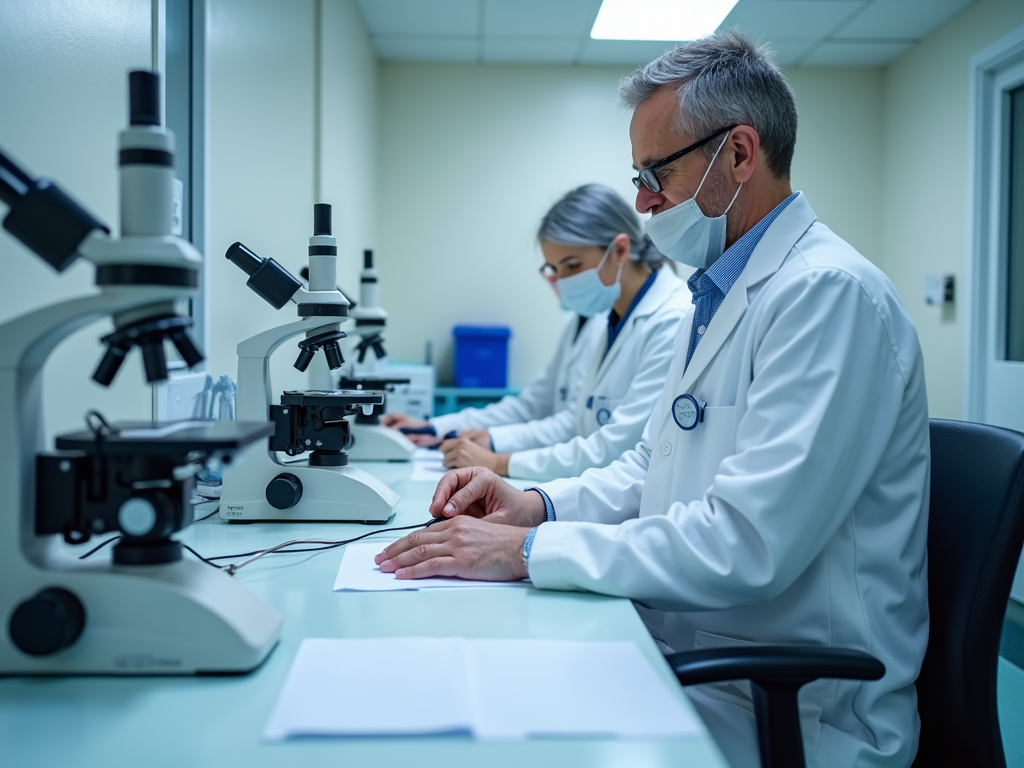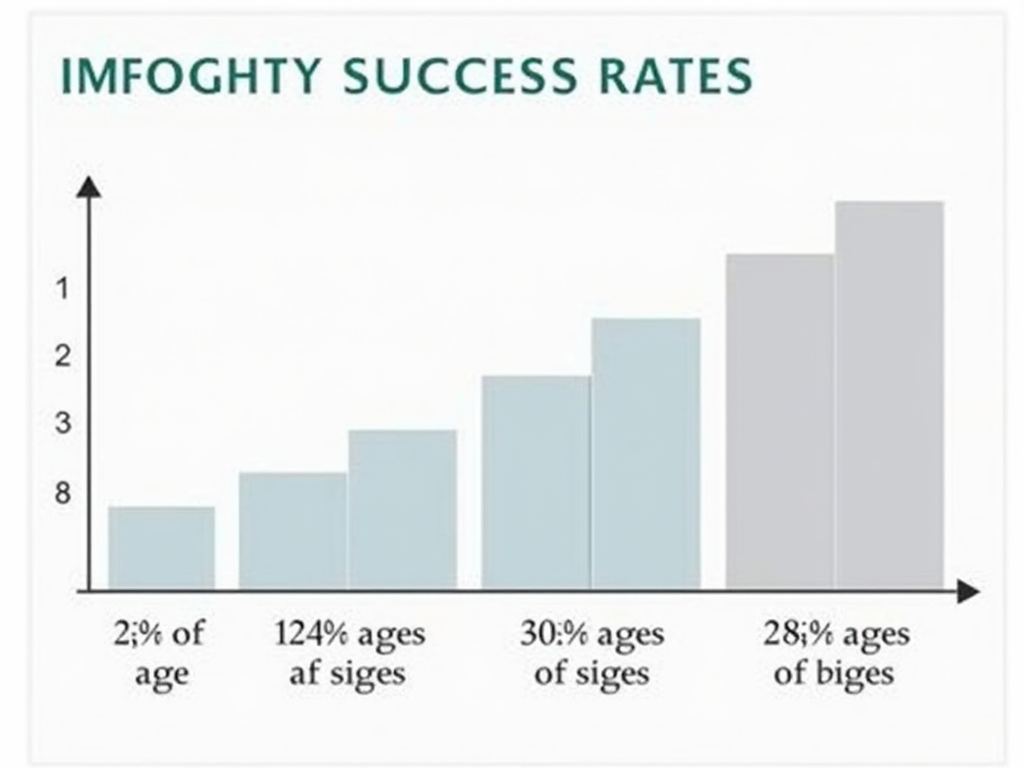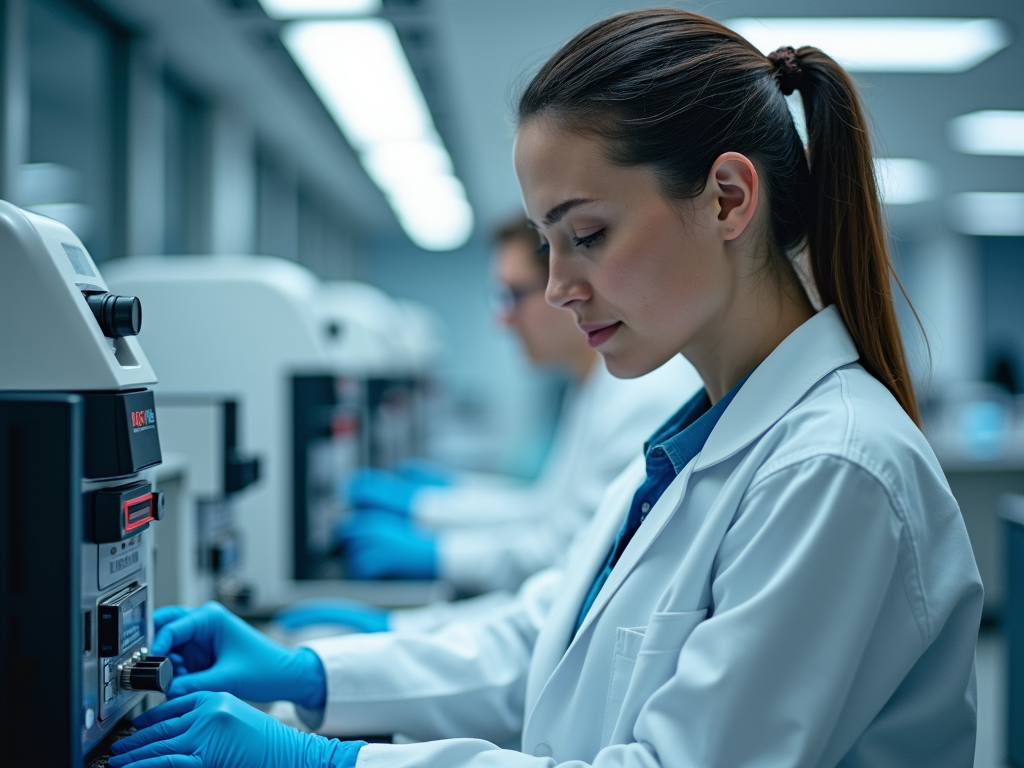Understanding In Vitro Fertilization and Egg Donation: A Comprehensive Guide
May 9, 2025, 5:24 p.m.
In vitro fertilization (IVF) and egg donation are life-changing fertility treatments that help people build families when natural conception isn’t possible. IVF fertilizes eggs with sperm outside the body, while egg donation uses donated eggs to create embryos. This guide explains both processes clearly and thoroughly.
What is In Vitro Fertilization?
In vitro fertilization, or IVF, is a fertility treatment where eggs and sperm meet in a lab to create embryos. These embryos are then placed in the uterus to start a pregnancy. Since its first success in 1978 with Louise Brown’s birth, IVF has grown into a trusted option for millions facing infertility.
The IVF Process Step-by-Step
Here’s how IVF works:
- Ovarian Stimulation: You take hormone shots to help your ovaries make multiple eggs. Doctors check your progress with blood tests and ultrasounds.
- Egg Retrieval: When eggs are ready, a doctor uses a needle to collect them from your ovaries. It’s a quick procedure done with sedation.
- Fertilization: Eggs and sperm are combined in a lab. Sometimes, a single sperm is injected into an egg to boost success.
- Embryo Culture: Embryos grow in the lab for 3-5 days while experts watch their progress.
- Embryo Transfer: A doctor places one or more embryos into your uterus using a thin tube. No anesthesia is needed.
- Pregnancy Test: Two weeks later, a blood test shows if you’re pregnant.
Who Needs IVF?
IVF helps people with blocked fallopian tubes, low sperm counts, unexplained infertility, or genetic concerns. It’s also an option for same-sex couples or single parents-to-be.

The Role of Egg Donation in IVF
Egg donation means a woman gives her eggs to someone else for IVF. The donated eggs are fertilized and transferred to the recipient’s uterus.
Why Use Egg Donation?
Egg donation helps when:
- Your ovaries don’t produce good eggs anymore.
- You have a genetic condition you don’t want to pass on.
- Cancer treatments have harmed your fertility.
- Men in same-sex couples or single men want a child.
How Egg Donation Works
- Donor Selection: Donors get screened for health and genetics.
- Cycle Syncing: The donor’s and recipient’s cycles are matched with meds.
- Egg Retrieval: The donor’s eggs are collected after stimulation.
- Fertilization: Eggs meet sperm in the lab, and embryos grow for transfer.

Success Rates and What Affects Them
Success rates matter when you’re considering IVF or egg donation.
IVF Success by the Numbers
The CDC reports that for women under 35, about 48.8% of IVF cycles lead to a live birth. That drops to 37.6% for ages 35-37, 24.4% for 38-40, and 8.2% over 40. With egg donation, success jumps to 50-60% because donors are young and healthy.
| Age Group | Live Birth Rate |
|---|---|
| Under 35 | 48.8% |
| 35-37 | 37.6% |
| 38-40 | 24.4% |
| Over 40 | 8.2% |
What Changes Success?
- Your age (or the donor’s age)
- Egg and sperm quality
- Health issues like endometriosis
- Smoking or weight problems
- The clinic’s skill level
Boosting Your Odds
Pick a top clinic, eat well, exercise, and follow your doctor’s advice. Testing embryos for genetic issues can also help.

Costs and Money Matters
IVF and egg donation aren’t cheap, but planning can make them doable.
How Much Does It Cost?
One IVF cycle costs $12,000-$15,000 in the U.S., plus $3,000-$5,000 for meds. Egg donation adds $5,000-$10,000 for the donor’s fee. Packages for multiple cycles or refunds if it fails can save money.
Insurance and Help
Some states require insurance to cover IVF—check your plan. Clinics or lenders might offer loans. Groups like the Baby Quest Foundation give grants too.
Extra Costs
Watch for testing fees, embryo storage ($500-$1,000/year), or travel if your clinic’s far away.
Emotional Side of IVF
IVF and egg donation can feel like an emotional rollercoaster.
The Ups and Downs
Hope mixes with worry as you wait for results. Emily, a fictional patient, spent years trying to conceive. IVF brought stress—shots, appointments—but her support group kept her going. After two failures, her third cycle worked, and she now has a daughter.
Finding Support
Friends, family, or groups can lift you up. Many clinics offer counseling too.
Handling Tough Moments
If it doesn’t work, take time to feel the loss. Talk it out and plan next steps with your doctor.

Ethical Questions
IVF and egg donation spark big debates.
What’s Tricky?
Paying for eggs feels wrong to some—like buying body parts. Others say it’s fair for the effort. Unused embryos are another issue: freeze them, donate them, or let them go?
Laws and Rules
Rules differ everywhere. Some places ban donor pay; others limit donations.
Donor Choices
Donors might stay secret or let kids contact them later. Everyone needs to know their rights.
New Ideas and the Future
Fertility treatment keeps getting better.
Cool Tech
- Cameras watch embryos grow.
- AI picks the best ones.
- Freezing eggs and embryos works better now.
What’s Trending
More people test embryos for health issues or freeze eggs early. Egg donation is growing too.
What’s Next?
Harvard researchers are using AI for smarter IVF. Scientists might soon make eggs from skin cells, changing everything.

Summary
In vitro fertilization and egg donation open doors for those struggling with infertility. They’re complex, costly, and emotional, but they work for many. With clear info on processes, success rates, and support, you can decide what’s right. New tech keeps improving the odds.